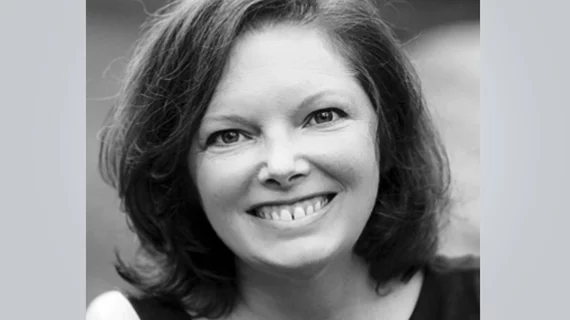Building Programs for Overlooked Patients
In the era of the Quadruple Aim, there’s no shortage of studies, media coverage and commentary on how our healthcare systems may be overusing resources. As “Less Is More” and “Choosing Wisely” have gained popularity, concerns about unnecessary or inappropriate (or in AUC parlance, “rarely necessary”) care abound, often alongside worries about fee-for-service models incentivizing clinicians to overdeliver tests and procedures. “Yes, we can use this new technology or that emerging therapy, but should we?” thought-leaders ask.
We’ve written our fair share of such stories in Cardiovascular Business, and no doubt will continue to do so, but three features in this issue look at another side of the story. Here we report on two conditions and one environment where underuse, or the potential for it, is the challenge.
Less than two decades ago, hypertrophic cardiomyopathy (HCM) was believed to be so rare that hospitals couldn’t build a viable business case for focusing on it. Today, some 30 HCM centers dot the U.S. landscape. Our cover story offers tactics for building programs to deliver better care for this patient population while bolstering the bottom line.
We also look at the field’s newfound interest in cardiac amyloidosis (CA), a condition that—regardless of past attitudes and perhaps biases—is, per one source, “absolutely not rare.” With the prospect of medications that could arrest, and maybe someday even reverse, the infiltration of amyloid deposits, amyloidosis centers may proliferate, staffed with clinicians eager to find and treat patients who have always been there but haven’t been served. To ensure that the pendulum doesn’t swing too far into overuse, the field will need to step up with education and guidelines.
While finding the patients may be one of the bigger challenges with HCM and CA, that’s certainly not the case in rural America, where an access crisis is developing. As rural hospitals close at an alarming pace and the need for cardiologists outpaces their availability, the specialty will need to get creative with how it uses tools and deploys its clinical workforce. Our story looks at how some communities are doing just that.
In the midst of negative attention to the drain that specialty care might be placing on finite resources, there are other stories to tell, stories that point out very real needs and how, thankfully, cardiology’s innovators are rising to the challenge. Onward!
Find more cardiac amyloidosis news and video.
Kathy Boyd David, Editor
kbdavid@cardiovascularbusiness.com

